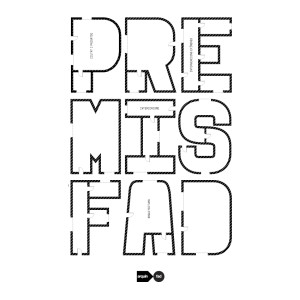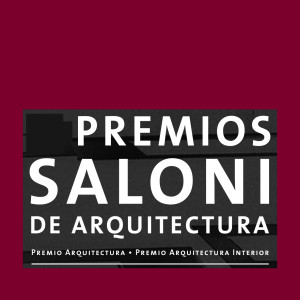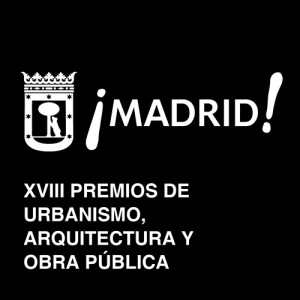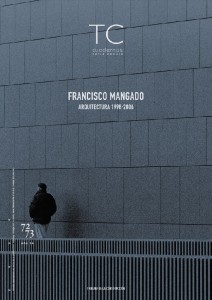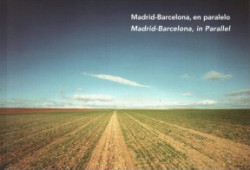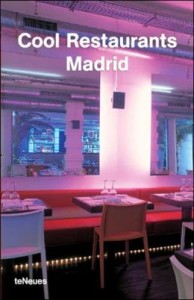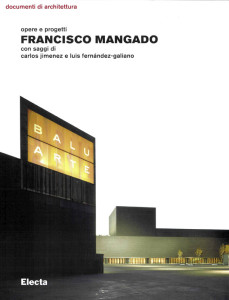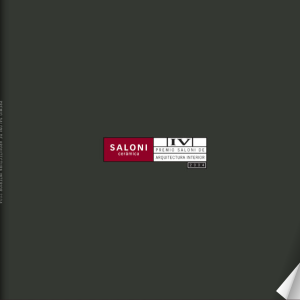Restaurant La Manduca de Azagra+
2002-2003
Madrid-Spain
800 m2
The premises chosen for the new restaurant, a large space of two floors, were empty after a structural renovation which left behind some differences in level on the access floor that determined a series of constructive and structural decisions, especially the location of the stairs, which had to be considered. There were many subdivisions due to the system of load bearing walls that formed the basic structure of the 19th century building in which these premises are located.
The different spaces succeed one other starting from the entrance, so allowing the restaurant to be pleasantly organized in consecutive dining areas, avoiding an excessively crowded atmosphere. Only three materials, all natural and modest, are used. The vertical surfaces are clad in the same brick blocks that are normally used to build the partition walls in modest houses. These blocks, always plastered and concealed, show if unveiled a texture that acquires an important value through the repetition and reflection of light. The spaces between load bearing walls are shaped with black varnished sheets, stressing the transition that the thickness of these constructions, increased by the superposition of brick, entails. The same sheet is used to refurbish the main staircase, which, even when kept in the same position, undergoes specific alterations that aim to simplify it and enhance its volumetric character within the underground space, of greater floor-to-ceiling height. A black ceramic pavement, with a slightly rough texture, partially covers one height of the walls, offering, along with the ceiling, a neutral frame in which the illumination may be enhanced.
To achieve the desired light and acoustic effects, the ceiling breaks into a series of creases. The light placed behind the brick surface of the walls, in the upper and lower level – both lines reflected over the cracked black surface of the ceiling and the floor – give the whole an appearance of lightness, as a sort of layered canvas, without concealing the constructive operation carried out with the brick. The rest of the illumination in the restaurant tries to maintain the desired mysterious effect as much as possible, taking the form of standard lamps that intensify the light over the tables without interfering with the overall illumination.
Calle Sagasta, 14, 28004 Madrid, España
